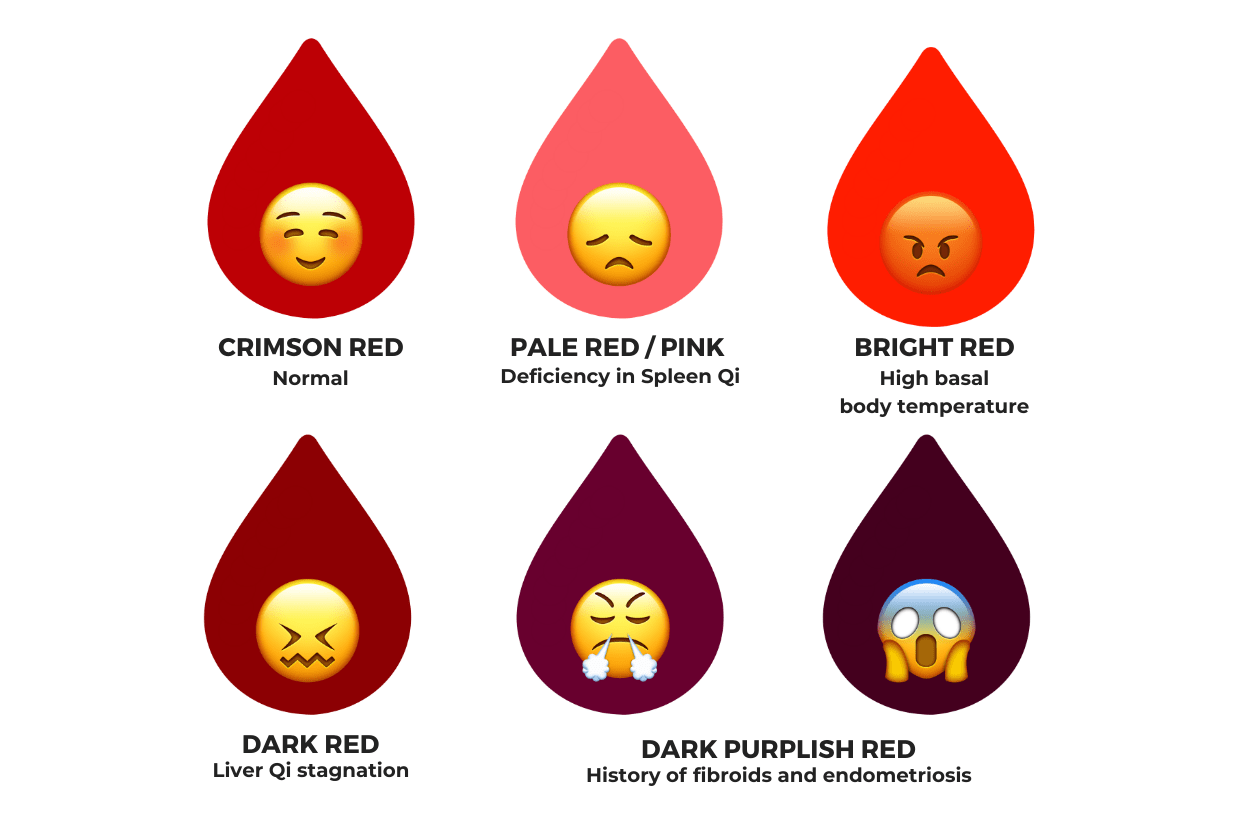Have you ever wondered what color the blood inside your body actually is? We all know that blood is red, but is that the true color, or just the color we see when it’s exposed to air? The truth is, the color of blood can vary slightly depending on several factors, and the blood flowing through your veins is actually a different color than the blood that’s pumping through your arteries.

Image: www.thomsontcm.sg
The color of our blood is crucial to our health and survival. It’s responsible for delivering oxygen to all our cells and carrying away waste products. Understanding the different hues of blood and the factors that influence them can help us appreciate the intricate workings of our circulatory system and the importance of maintaining our blood’s health.
The Color of Blood: A Deeper Dive
The color of blood is determined by the presence and interaction of different molecules. Here’s a breakdown of the factors that influence blood color:
Hemoglobin and Oxygen
The primary factor affecting blood color is hemoglobin. Hemoglobin is a protein found in red blood cells and its primary function is to bind with oxygen. When hemoglobin carries oxygen (oxyhemoglobin), it gives blood its bright red color. This is the blood that we see when we cut ourself or donate blood.
Deoxygenated Blood
When hemoglobin is not carrying oxygen (deoxyhemoglobin), it gives blood a darker, blue-purple hue. This is the blood that flows through our veins and why we see our veins as blue under our skin. The blue color of veins is also influenced by the way light scatters through our skin.

Image: www.mri-q.com
Factors Affecting Blood Color
Several other factors can also affect the color of blood:
- Carbon Dioxide: When blood picks up carbon dioxide, it becomes slightly more acidic, which can alter its color.
- pH Levels: The pH level of the blood can impact its color.
- Metabolism: The rate of metabolism in the body can influence the amount of oxygen carried by blood, which can affect its color.
Exploring the Illusion of Blue Blood
Even though blood inside the veins appears blue, it’s important to remember that it’s actually a darker red. The reason we see it as blue is due to the way light interacts with our skin and the way veins appear under the surface.
When we look at veins, the blue color we see is not the actual color of the blood. It’s an optical illusion caused by the scattering of light through our skin. The blue wavelengths of light are scattered more than the red wavelengths, giving the illusion of blue veins.
The Importance of Maintaining Healthy Blood
Maintaining healthy blood is essential for overall well-being. This involves:
- Regular Exercise: Regular physical activity helps circulate blood effectively and keeps blood vessels healthy.
- Healthy Diet: A balanced diet rich in fruits, vegetables, and whole grains supports the production of red blood cells and keeps blood healthy.
- Hydration: Staying hydrated is crucial for maintaining blood volume and ensuring efficient blood flow throughout the body.
- Medical Checkups: Regular medical checkups allow doctors to monitor your blood health and identify any potential issues early on.
What Is The Color Of The Blood Inside The Body
Conclusion
The color of blood, though seemingly simple, is a fascinating phenomenon influenced by various factors. From the oxygen-rich, bright red of arterial blood to the darker, blue-purple hue of venous blood, understanding these nuances can deepen our appreciation for the intricate workings of our circulatory system. By maintaining healthy blood through proper exercise, nutrition, and regular checkups, we can ensure our body has the oxygen-rich blood it needs to function at its best. So, next time you look at a cut or see your veins, take a moment to marvel at the amazing, complex, and beautifully colored fluid that keeps us alive.





